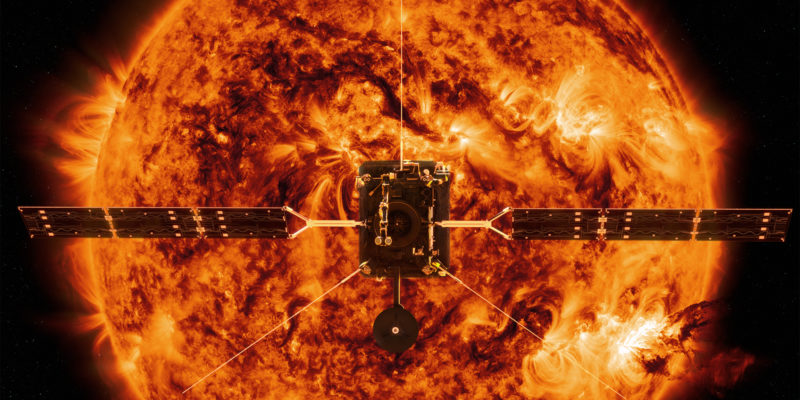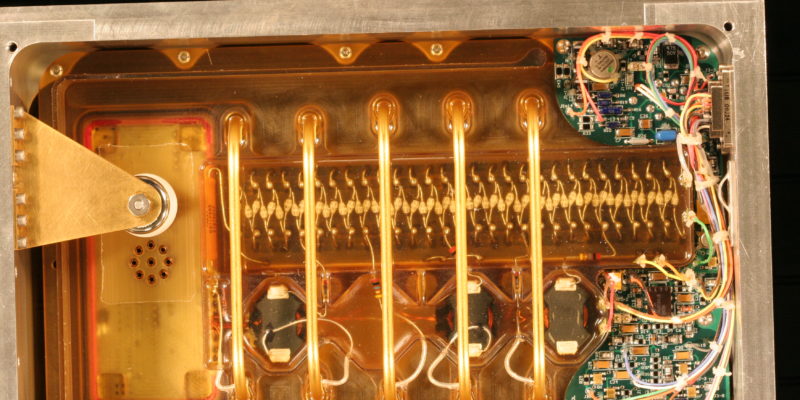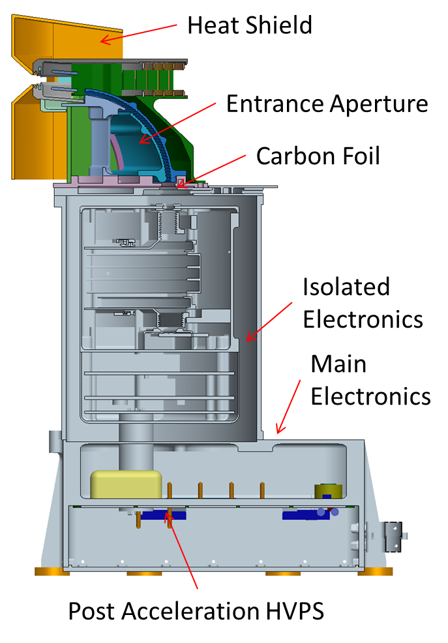Solar Orbiter – Heavy Ion Sensor
Summary
Mission: Understand how solar wind and the solar magnetic field are generated in the corona
Challenge: Sensor heat shield to deal with thermal environment, support ultra-thin carbon foils for TOF telescope, 150 krad radiation environment, sensor for large dynamic range of ion fluxes from 0.5 keV/e up to 85 keV/e
Solution: The Heavy Ion Sensor (HIS) aboard the Solar Orbiter (SO) determines the major charge states of oxygen and iron (up to 9) and provides a coarse mapping of the three-dimensional velocity distribution of some prominent minor species, including weakly-ionized species such as C+, N+, Ne+, Mg+, Si+, etc.
Value: The solar wind and the solar magnetic field are two sources of disruptive space weather storms, which can cause problems with communications and power systems on Earth. By gaining a better understanding of how these effects arise in the corona region of our sun, we can build better early warning systems.
Lab: SPRL
|
“I also lead a team of scientists and engineers at the University of Michigan in the development of portions of the Heavy Ion Sensor (HIS) which will be launched onboard the European Space Agency’s Solar Orbiter mission in 2017. HIS will measure the chemical composition of the solar wind in the inner heliosphere for the first time.” |
Scientific Objective:
Have you ever spent much time looking at the Sun? Hopefully not; it would be dangerous and boring. Though the Sun’s surface is actually not as boring as it may seem. For a viewer on Earth the Sun appears to be a stagnant blob of light, but its surface writhes with fierce currents and suffers the tumults of a magnetic field in constant flux. These swirling cyclones, however, cannot be seen in visible light.
These currents have been a source of study for sometime, but the source of this magnetic field and the patterns of the Sun’s magnetic radiation are still clouded in some mystery. Understanding this magnetic system is crucial for gaining insight into everything from solar explosions that cause space weather to the interplanetary magnetic field through which interplanetary spacecraft travel.
In order to investigate further, these magnetic fields can be measured indirectly through EUV imaging of the corona as well as directly with a magnetograph, which measures the strength and direction of the magnetic fields at the Sun’s surface. The Solar Orbiter also contains a suite of unique instruments, including the HIS, which will measure the chemical composition of solar wind in the heliosphere for the first time. For missions around the Sun, all these tools have to be carefully calibrated while also tough enough to withstand the trip through space and the enormous heat produced by the Sun’s million-degree corona.
Contributions
- Instrument Co-Principal Investigator, Sue Lepri, Associate Professor, Climate and Space Sciences and Engineering
- Ken Arnett, Power Supply Cognizant Engineer, SPRL



